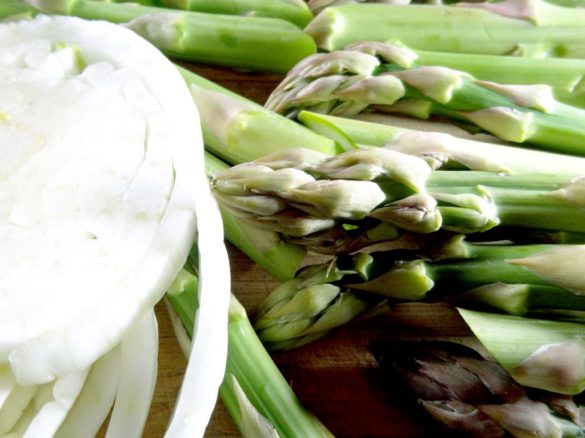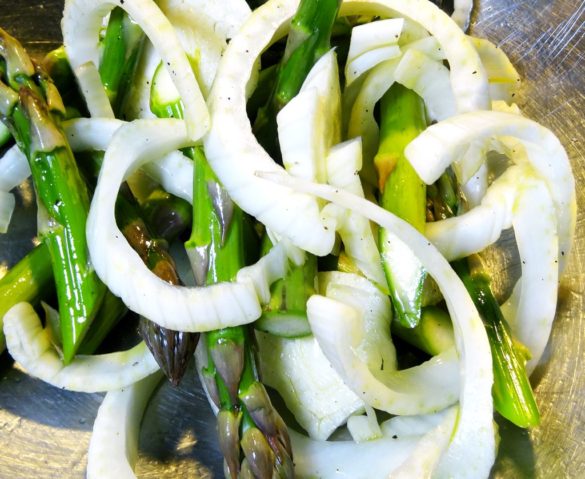Introduction:
This dish is influenced from one of my all-time favourite and inspirational chefs, Alain Ducasse.
Why inspirational? Alain Ducasse is a master of French cuisine (apparently he holds 21 Michelin stars which is pas mal in anybody’s book) and I believe that if you can master the techniques of French cuisine and patisserie you are armed with the skills to be able to cook and create anything you want. I am a great admirer of French cooking (and hopefully one day be a great exponent of) and for me Alain Ducasse is one of the chefs that I get inspiration from, not only to create new dishes, but to actually cook.
There is much leaning these days towards local produce; that is making the most of the ingredients about you. I agree that are times that certain ingredients need to be brought in from another country. For example Jerez sherry vinegar from Spain, the cacao bean from South America say, a true Reggiano from Italy, or a scrumptious black pudding from the north of England (I am a little bias with this one being a Yorkshireman). However, on the whole, I think it’s a great idea to try and source as much ‘fresh’ produce from as near to your locale as possible. Take René Redzepi from Noma in Copenhagen (voted the world’s best restaurant for three consecutive years in 2010, 2011 and 2012), his complete philosophy of cooking is about using what he can find locally.
Alain Ducasse has a great book out called ‘Nature’ which aims to get cooks and chefs to think about cooking amazing but simple dishes which are healthy and taste great. The emphasis is on sourcing local vegetables, cereals and fruit. And with some simple techniques under your belt and a keen eye for some terrific produce, simple yet outstanding dishes can be a stone throw away.
If you want to read more about techniques I wrote this article about Produce, Technique and Harmony.
With locally sourced vegetables in mind here in Melbourne we currently have some great asparagus on offer, and I have taken the basis of one of Monsieur Ducasse’s dishes and give it a Yorkshireman’s twist – not that the twist has anything to do with Yorkshire, mind you.
This dish is the amalgamation of rich nutty asparagus, mild aniseed from fennel, saltiness from local Kalamata olives, sweetness from an aged balsamic vinegar, and the tart and salty creaminess from an ash coated goat’s cheese; all of which harmonises to make this an all-round taste sensation in the mouth. It can be eaten as a side dish, or if you are feeling particularly non-carnivorous pile it high and eat it as your main.





